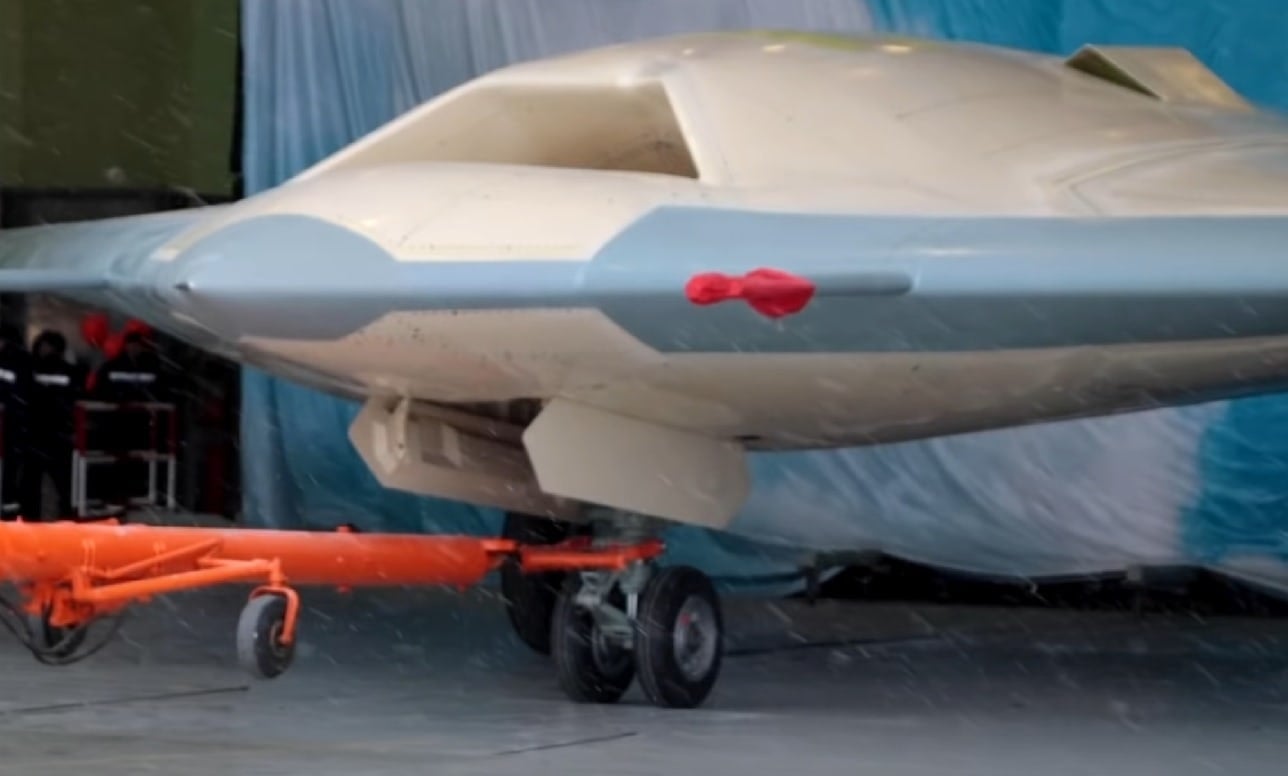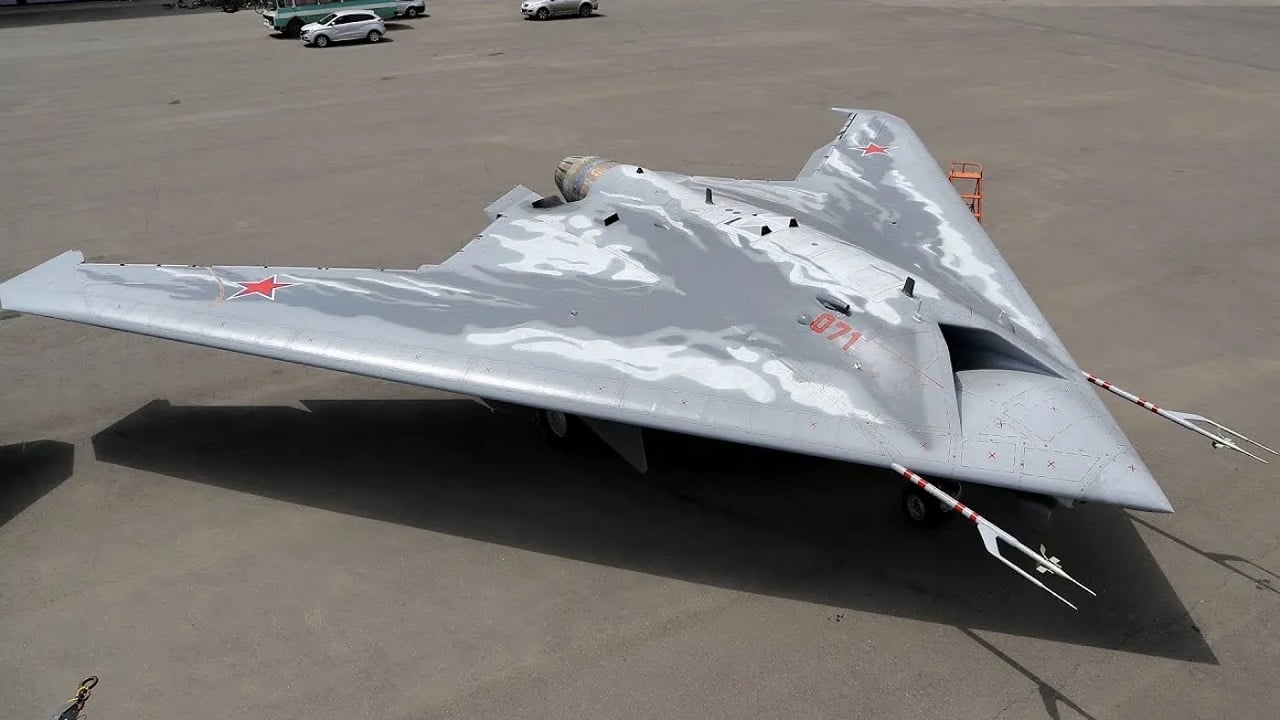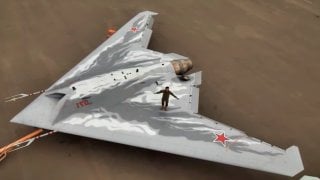What Could Go Wrong? Russia Vows to Develop Autonomous Drones
That should be seen as a danger not just for those in Ukraine today, but perhaps all of humanity in the not-so-distant future.
Summary and Key Points: James Cameron's The Terminator hit theaters 40 years ago, popularizing the concept of "killer robots." Today, the threat is becoming reality, with nations like the U.S. and Russia developing autonomous weapons. At the 2018 International Conference on Artificial Intelligence, scientists called for laws against lethal autonomous weapons. While such technology could save lives by taking on dangerous tasks, it also raises significant ethical concerns. Russia is notably advancing its autonomous drone capabilities, including the Scorpion-M "kamikaze robot."

-Despite UN efforts to ban killer robots, both the U.S. and Russia continue to pursue these technologies, posing a potential future threat to humanity.
For those of a certain age, it might be hard to believe, but James Cameron's breakout film The Terminator hit theaters forty years ago this fall.
Cameron wasn't the first to suggest that “killer robots” would turn on their creators—Westworld came out more than a decade earlier. It featured an adult playground for the wealthy to live out their violent fantasies, but the robots did more than just level the playing field.
Sci-fi movies, TV shows, and games have continued to play up the threat of self-aware robots, but it isn't far-fetched fiction anymore.
The danger posed by “killer robots” is being taken seriously, and at the 2018 International Conference on Artificial Intelligence in Stockholm, some of the world's top scientific minds called for “laws against lethal autonomous weapons.”
Autonomous weapons can also help save lives, as they can be employed in missions alongside human operators and take on more dangerous tasks. These platforms could serve as force multipliers, bolstering deterrence against conflict escalation.
Multiple nations, including the United States, continue to develop platforms that employ artificial intelligence and could serve as loyal wingmen for combat aircraft and support vessels at sea. There are likely many who question whether the U.S. military should be trusted with the development of AI-powered systems, but perhaps the bigger danger is how other nations could harness the technology of killer robots.
Russia and Autonomous Drones—a Truly Frightening Concept
TASS reported on June 4 that efforts are underway in Russia to develop more capable autonomous drones in the next three to five years.
“We can expect greater autonomy of drones due to machine vision and artificial intelligence. It will happen regardless of the type of the drone, whether it is a fixed-wing one, multicopter or hybrid. The AI will demand increased onboard computer capacities and will initially process data onboard thus decreasing the load on ground personnel,” Commercial Director of the Future Laboratory Company Pavel Kamenev told TASS at this week's St. Petersburg International Economic Forum.
Kamenev further suggested that AI could take control of re-transmitters of control signals, onboard flight, and power electronics. This could increase the flight range and payload of drones.
“The near-Earth space will be developed and will influence the drones,” Kamenev added. “In general, in 3-5 years it will be impossible to imagine our life without drones. Progress cannot be stopped. Such guidelines, as monitoring, diagnostics of linear and infrastructure objects, cargo delivery and aerial survey will be closely linked to drones.”

Though weapons weren't mentioned, the Kremlin is known to be taking the lead in developing semi-autonomous platforms. These have included land-based and aerial armed drones that can operate remotely and with limited human input. In May, news circulated that Russian forces had deployed the Scorpion-M “kamikaze robot” in the Donetsk region. It is about the size of a small radio-controlled car, but the Scorpion-M can carry more than 55 pounds of explosives and can seek out targets that might escape aerial bombardment, Fox News reported.
Russia—and the United States—stood in the way of formal United Nations efforts to block any ban on killer robots, and the technology seems to be advancing rapidly. While there is plenty of reason for concern over U.S. efforts with the technology, Russia has shown it is willing, ready, and able to use nearly any of its weapons platforms in combat.
That should be seen as a danger not just for those in Ukraine today, but perhaps all of humanity in the not-so-distant future. The irony would be that if and perhaps when the weapons do turn on their human masters, it will be Russians in the crosshairs.
About the Author
Peter Suciu is a Michigan-based writer. He has contributed to more than four dozen magazines, newspapers, and websites with over 3,200 published pieces over a twenty-year career in journalism. He regularly writes about military hardware, firearms history, cybersecurity, politics, and international affairs. Peter is also a Contributing Writer for Forbes and Clearance Jobs. You can follow him on Twitter: @PeterSuciu. You can email the author: [email protected]


